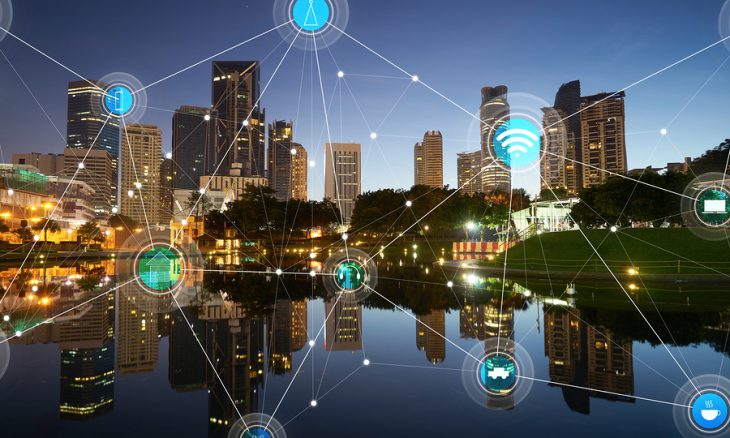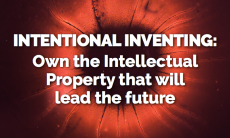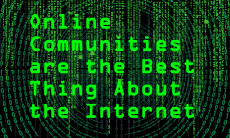In our days we read more stories than ever about the current size of the IoT field. The fact that we can connect any possible device on the Internet and become capable of understanding the context in real time and making decisions based on the most accurate description of the situation opens new eras where we can develop business and opportunities.
Smart cities are a constant developing concept. We try to identify the services, the needs should be addressed, the connection, and the interaction people will have with the new smart structure. In order to achieve this, new technologies have to be developed, the structure and infrastructure have to be optimized, the services have to be integrated, and, of course, use the connected devices in the most secure and well-designed way for both the city and the users.
In order to achieve the best experience and outcome in an hyper-connected environment we have to make sure that flaws don’t exist and the connected devices, vehicles, or buildings are secure from any threat. Users really do care about how their daily life can get better as well as how it can be protected from threats. In fact, more than 75% of citizens participating in surveys say that authorities need to understand the increasing threats better, use new approaches to battle them, and, make sure that they won’t manage to affect lives, services, and crucial elements of a city—like the energy grid.
At the same time, the more the connected device grid gets expanded and gets deeper into our lives, the more all sides understand that our capacity to take advantage of AI and IoT isn’t only about creating new services or redesigning the existent ones. It’s also about how we protect the infrastructure and the backbone of our connected lives.
Smart homes, or smart vehicles, autonomous ones, or driverless trains become important elements on how we use better the resources of our city, but they also give more openings to malicious minds.
The only way to face something like that is to work more in an open and transparent way. Authorities should work really closely with regulators, service providers, and users to constantly understand the size of the opportunity, the complexity but also the risk. The whole concept looks familiar; e.g., what the aviation industry faced back in early 60s: people started traveling more than ever, the airliners got huge, and then terrorists found a new way to threaten our values and way of living.
Nowadays, we are in a much better position. We know what we shall do and how to develop a IoT-based new services roadmap without losing the momentum, the pace, and the context understanding we have while we develop the right architectures to prevent malicious threats against our hyper-connected world.








